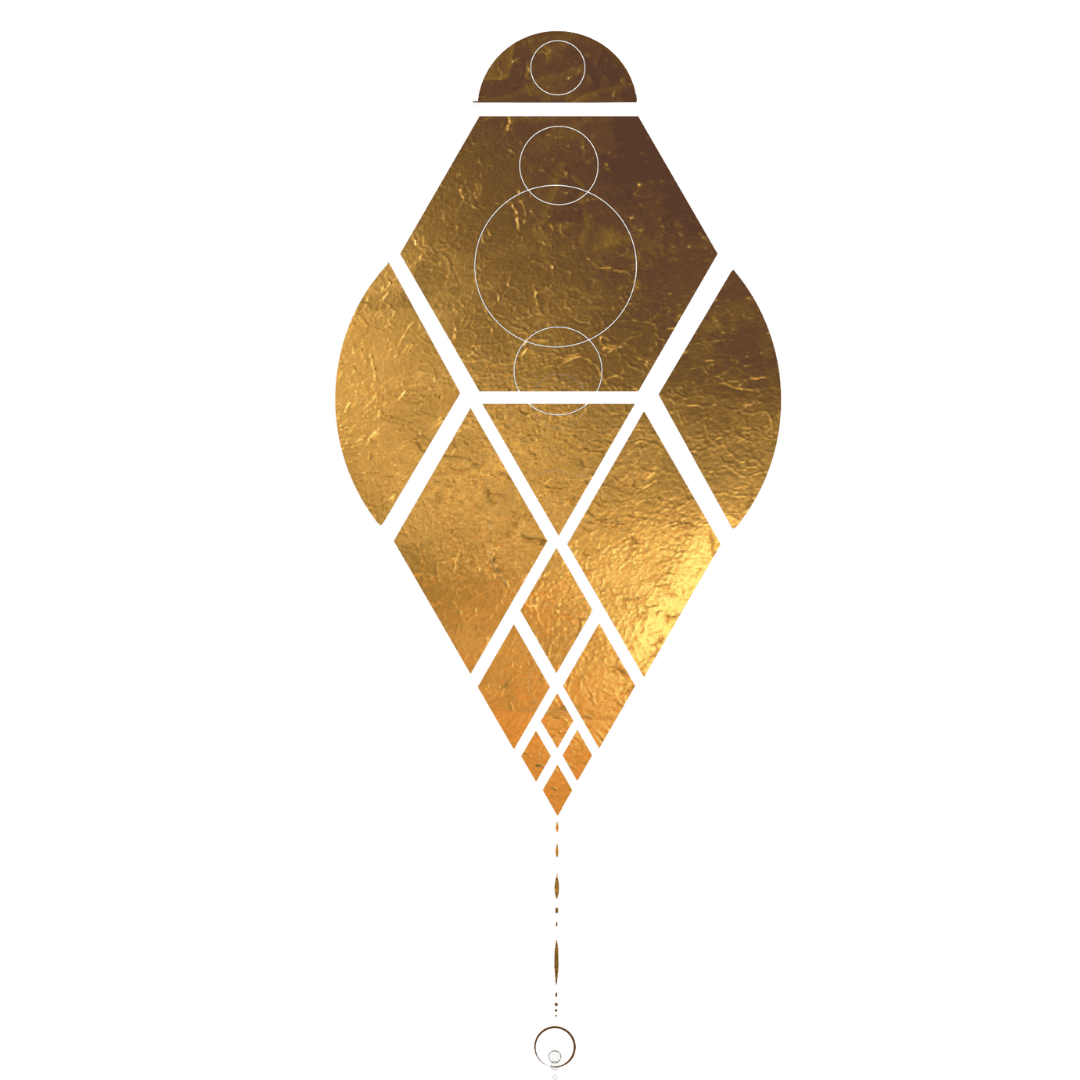In many traditions and belief systems worldwide, the the Sun and the Moon signify not just the realms of Day and Night, the Conscious and the Hidden, but also the Masculine and the Feminine. For example, in the Kabbalistic tradition, it is believed that the Sun and the Moon were once of equal brightness and stature, but the Moon had to diminish herself, becoming only a shadow of the Sun. We currently live in the times of the diminished moon, and by implication, the diminished Feminine — but this is only a temporary state.
Similarly, in many shamanic traditions, the Moon presides over the realms of the subconscious, the irrational, the hidden — and the Sun over the domain of the rational, and further, the patriarchal, the worldly. According to the history view of some pagan and shamanic traditions, we have only come to be afraid of the shadow and the darkness that it represents because of the catastrophic shift in our consciousness that has separated the two great lights. Part of our work lies in embracing the darkness and the shadow, rather than denying it.
However, the separation between the lunar feminine and the solar masculine is not as clear-cut as it may seem, and can not necessarily be neatly arranged into dichotomies of masculine-feminine or religion-paganism, but rather exists within us, and within all the elements and structures.

In this respect, it is interesting to consider our relationship with the moon, the night, and the way it is reflected in the rhythm of our sleep.
In the old days, before the advent of electricity and the artificial lighting it brought with it, people lived more in tune with the natural rhythms of the sun, especially in rural areas, adjusting their days to the times of sunset and sunrise. But also the moon played an important part. The soft, shimmering light of the moon, illuminating the night, was the natural light of prayer vigils, of monastic night offices, of Druid gatherings, of night-time rituals or times of spiritual contemplation.
In the monastic traditions of old, the current “solar” pattern of 6 to 8 hours of continuous sleep did not exist. Instead, sleep was typically interrupted in the middle of the night, by the longest office of all, the night vigil. It was celebrated from around midnight to 3 am, with some variations. Presently, only the Carthusians and the Eastern Orthodox monks follow this interrupted sleep pattern — the other orders moved the night office to early morning hours — but it used to be the norm across the full spectrum of monastic Christianity. Also for lay people, getting up around midnight for the night prayers was very common, and is sometimes still observed in the Eastern tradition (such as Russian or Greek Orthodox). The modern-day stories of people waking up at 3 am, feeling called to prayer or other forms of spiritual work might be an ancient memory stored in our cells, a memory of the times when such night vigils were a common part of life.
Indeed, scientists who study sleep, for example, David Randall and Robert Moss, tell us that that the sleep rhythms of the human brain have fundamentally changed in the recent centuries. People did not use to sleep all through the night, instead, they slept in shorter intervals, napping in the middle of the day, sleeping after sunset, waking up around midnight, and sleeping again in the hours before sunrise, a pattern that may well have existed for millennia.
Medieval texts and medical manuscripts often refer to “first sleep” and “second sleep.” The “first sleep” began shortly after sundown and lasted until some time after midnight. Then, around midnight, people would wake up, pray, recite the night offices, read, work or perhaps tend to animals — and then go back to sleep. This was the time of the “second sleep,” which then lasted until sunrise.
According to an NPR documentary, in experiments, researchers have found that when people live solely by natural light, they revert back to this ancient “segmented sleep” pattern and that, chemically, the body in that interval between first and second sleep is “in a state equivalent to what you might feel after spending a day at the spa.”
It seems to me, these nighttime waking hours are more than “a day at the spa,” but also a space of imagination and creativity, a world of ideas and insights, of divine downloads and connection with the Spirit. It may be that it is not the night offices of the strict Carthusian monks that are unnatural, but rather the sleeping patterns of the industrialized world, struggling with sleep disorders and seeking a way to connect to the Divinity within and without.
We live in times of separation, but it has not always been so. Our greater and expanding awareness of the spiritual realms, of the realms of the subconscious and the inexplicable, our desire for Union (on multiple levels) may all in fact signify that the old is passing away, and the Moon, once again, is going to come into her former glory, not a shadow to be feared, but a great light to be embraced…


